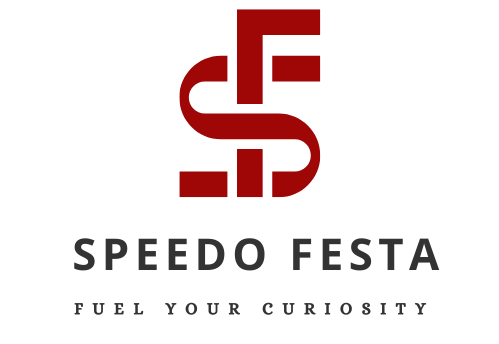Imagine a bustling train station at rush hour. Trains depart every few minutes, passengers stream in endlessly, and schedules must be precise down to the second. Any misstep—a missed connection or a delayed train—causes ripples across the network. In much the same way, GitOps operates as the central station of infrastructure automation. It ensures that deployments arrive on time, changes are synchronised, and the complex choreography of cloud-native systems unfolds without chaos. Instead of manual intervention, GitOps relies on the predictability of version control and the discipline of automation to keep operations moving with clockwork precision.
The GitOps Railway Map
At its heart, GitOps transforms Git repositories into the one and only source of truth for infrastructure and applications. Think of it as the detailed railway map that both conductors and passengers trust implicitly. Every track, junction, and stop is clearly documented, leaving no room for improvisation. When developers update a configuration, it’s like altering the map itself, and automation ensures the trains—your deployments—follow the updated path. This clarity avoids derailments and reduces the risk of human error. In a DevOps Course in Chennai, students learn how this “map-first” approach empowers teams to treat infrastructure not as a fragile artefact but as code that can be versioned, reviewed, and rolled back with confidence.
Continuous Rehearsals for Perfect Performances
A theatre production doesn’t rely on improvisation alone; it rehearses scenes repeatedly so that every spotlight, every line, and every entrance aligns perfectly on the big night. GitOps takes a similar stance by integrating continuous integration and continuous deployment pipelines. These pipelines act as rehearsals—testing infrastructure and application changes in staging environments before pushing them to production. The performance becomes predictable because the practice is rigorous. For engineers, this not only saves time but also instills confidence that changes will behave as expected under the limelight of production traffic. Exposure to such automation workflows during a DevOps Course in Chennai helps professionals see firsthand how practice leads to reliability at scale.
Guardrails, Not Shackles
Some might fear that strict GitOps workflows limit flexibility. In truth, they serve as guardrails, not shackles. Imagine driving on a winding mountain road at night. Guardrails don’t restrict your ability to drive; they protect you from veering into disaster. GitOps applies the same principle through policy-as-code and automated checks. These mechanisms enforce compliance, ensure security standards, and verify that only approved changes are deployed to production. Guardrails encourage creativity within safe boundaries, allowing teams to experiment without risking the entire landscape. This balance of freedom and control fosters innovation while preserving trust in the system.
Observability: The Signal Towers
Even the best railway networks rely on signal towers to monitor traffic, detect delays, and prevent collisions. Similarly, GitOps thrives on observability. Metrics, logging, and tracing provide the real-time visibility engineers need to understand how deployments behave and where issues might arise. When pipelines fail or resources deviate from their intended state, observability tools serve as flashing red signals, alerting teams before accidents occur. Building this level of situational awareness into a GitOps workflow ensures that automated processes remain transparent and accountable. It also encourages teams to adopt a culture where every change is visible and traceable, eliminating the shadows where errors might hide.
Embracing the Culture Shift
GitOps isn’t just a technical methodology—it’s a cultural transformation. It asks teams to trust automation, to collaborate openly through pull requests, and to embrace transparency as a virtue rather than a burden. It is like moving from a chaotic street performance to a symphony orchestra: every musician must trust the sheet music and the conductor, or the harmony breaks. This shift can feel daunting, but once adopted, it enables teams to scale effortlessly, collaborate globally, and deploy with confidence. It represents a maturity level where human ingenuity focuses on creativity while machines handle repetition with precision.
Conclusion
GitOps is more than a buzzword—it’s the disciplined choreography that keeps the theatre of modern infrastructure running smoothly. By treating Git as the single source of truth, embracing continuous integration and delivery, setting guardrails, and building observability into every corner, organisations can achieve resilience and predictability in their digital ecosystems. Much like a well-run railway or a perfectly timed play, the beauty of GitOps lies in its orchestration. When done right, the audience—the end users—never notice the effort behind the curtain; they enjoy a seamless experience. For practitioners eager to future-proof their skills, mastering GitOps practices is a journey worth taking, one that turns chaos into order and uncertainty into reliability.




